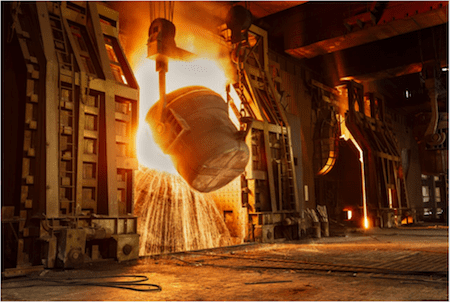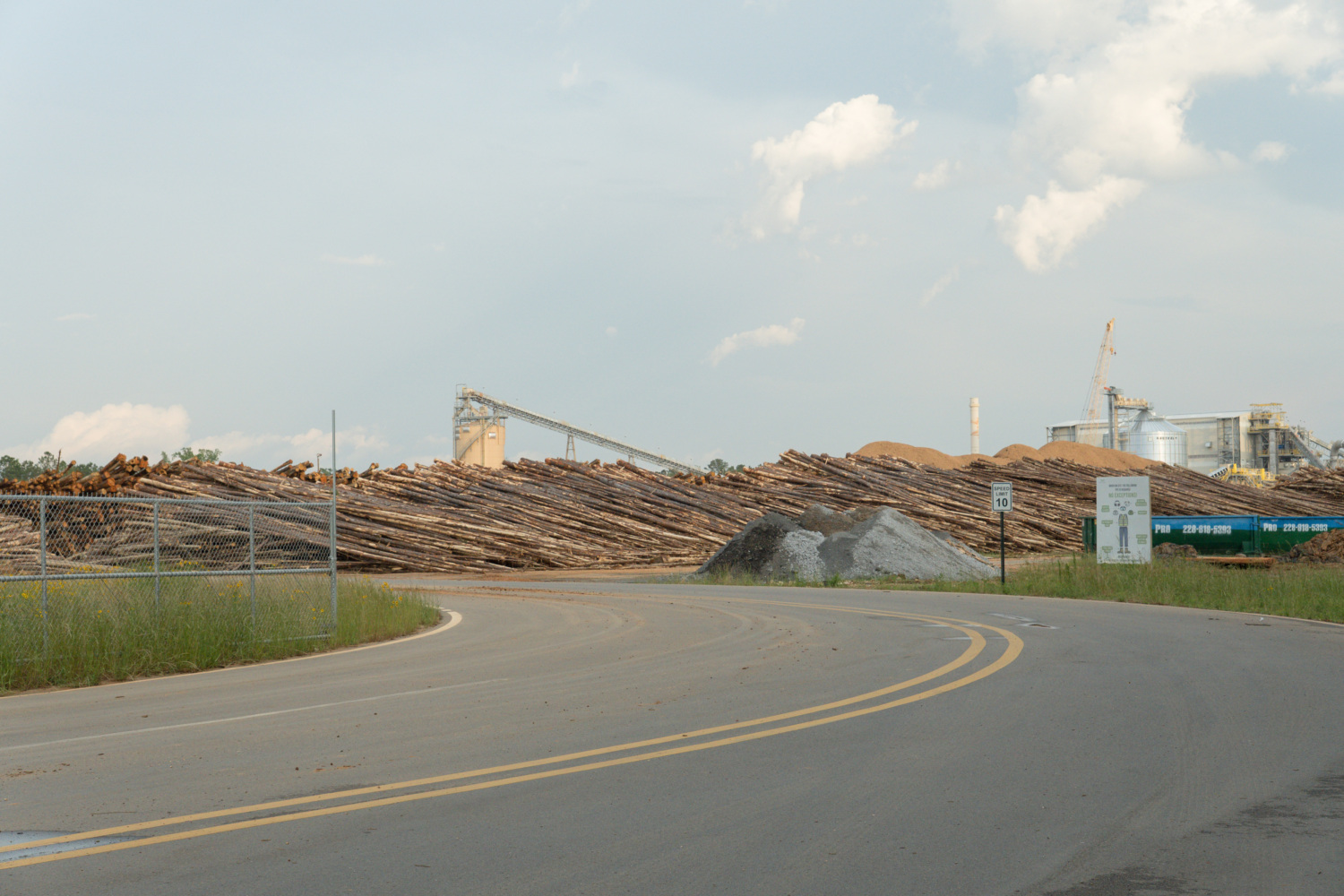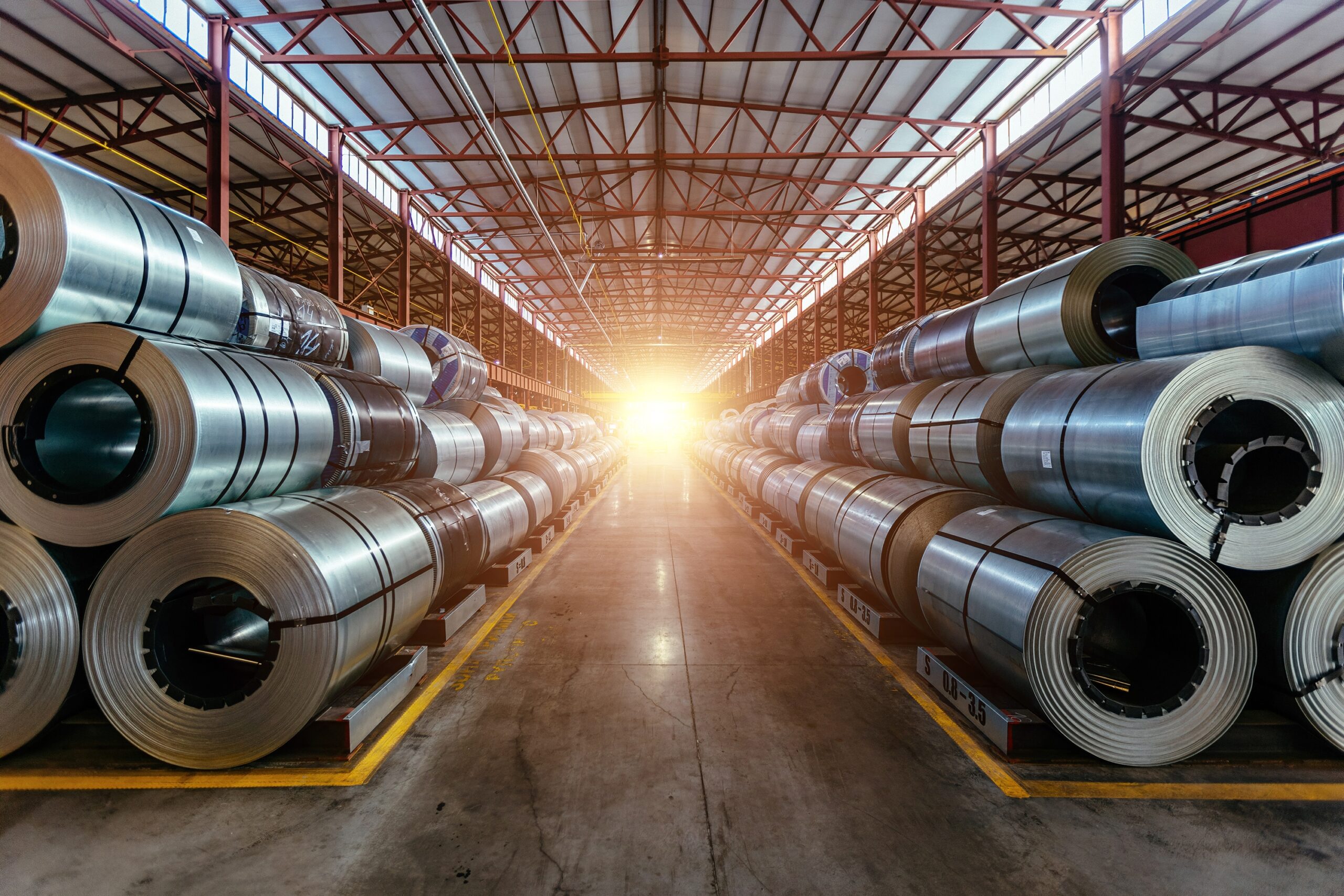
Cement is leading on climate and steel is falling behind
One of the largest cement companies in the world, Heidelberg Cement, just pledged to produce carbon-neutral concrete by 2050 and adopt Science-Based Targets (SBTs). Cement is one of the most carbon-intensive and widely used materials in the world, accounting for roughly 8 percent of all global emissions. The only material that rivals cement’s dominance is steel, which is responsible for roughly the same amount of global emissions every year. Together, they are the two most widely-used construction materials in the world. They are also the cornerstones of the heavy industrial sector, which accounts for 72percent of all industrial emissions. These industries have long been considered the most challenging sectors for emissions reductions – but that perception is shifting fast.
In response to the news, Mighty Earth Campaign Director Margaret Hansbrough said:
“While Heidelberg’s announcement shows that the cement industry is starting to step up in a major way, it also highlights the failure of the steel industry to come to the table. Why is the steel industry failing to lead on climate change? Global steel giants like ArcelorMittal, POSCO, Tata, and Nucor should be making the same kind of commitments as Heidelberg. Instead, they are largely silent or content with incremental actions. No major steel company has stepped up with a significant company-wide commitment to carbon neutrality, clean electricity, or Science-Based Targets. We hope that changes very soon.”
Mighty Earth has been pushing the steel industry to take climate action and make commitments on carbon neutrality.


